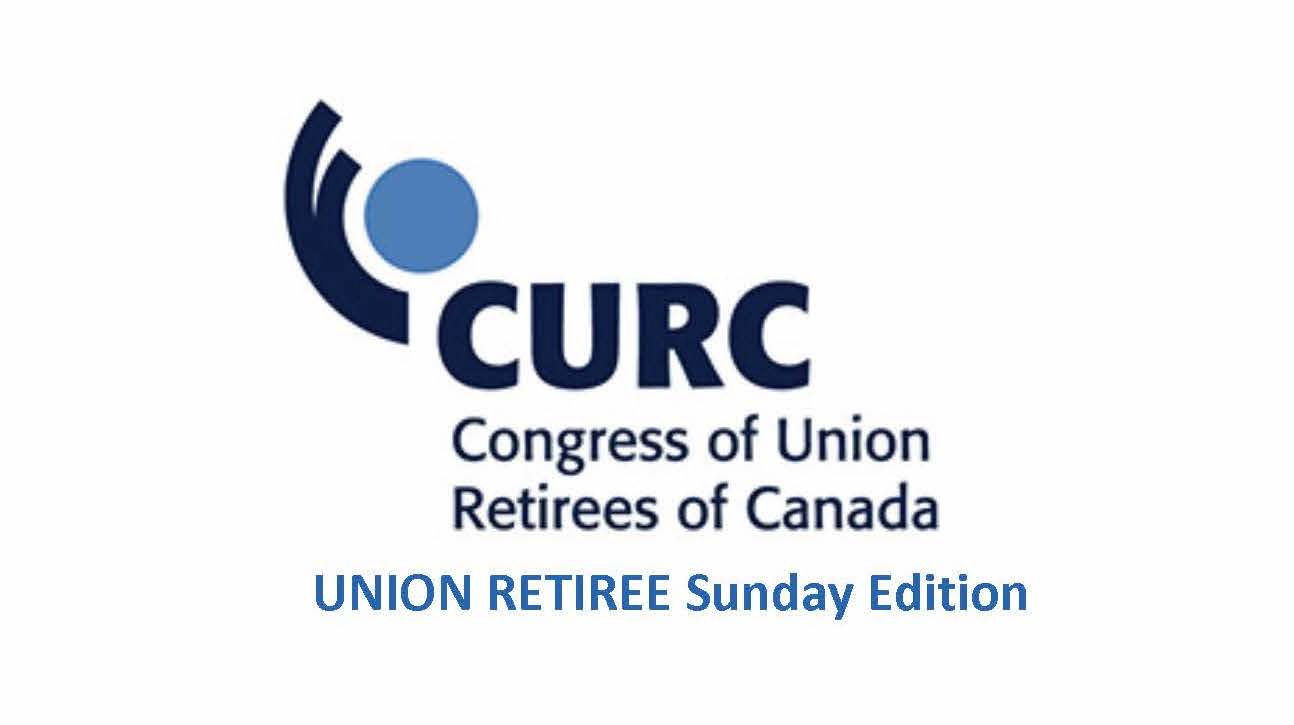
Issue 60 – 25, July 20th, 2025
Profit vs Not for Profit
New study examines changes in staffing levels, overall and by direct care worker category, across the Long-Term Care facilities sector by ownership status in Canada before and during the pandemic. It also explores differences in facility expenditures allocated towards employee wages, benefits, and subcontracts across homes by ownership status. Let’s look at some simple facts to understand this better. R
esearch shows that residents in not-for-profit homes receive more hours of care each day compared to those in for-profit homes. During the COVID-19 pandemic, residents in public and non-profit homes got more help from nurses and support workers. This extra care helps keep residents healthier and safer.
Not-for-profit homes spend more on their workers. These homes put a bigger part of their money into paying staff wages, benefits, and benefits. That means their workers are paid well and can spend more time with residents. For-profit homes, on the other hand, often spend more money on outside agencies or subcontractors, which means less direct care for residents.
Staff shortages are less in not-for-profit homes. Having enough staff is very important. Not-for-profit homes usually have better staffing levels, which means residents get more attention and help. During the pandemic, for-profit homes often had fewer staff available, which can lead to worse care and more health problems.
When residents get more hours of care from nurses and support workers, their health tends to stay better. They are less likely to go to the hospital or get very sick. Since not-for-profit homes give more care, residents are generally safer and healthier.
Not-for-profit homes focus on caring for residents and the community. For-profit homes are owned by companies that want to make money, which can sometimes mean cutting corners or spending less on staff. This can lead to lower quality care.
Not-for-profit long-term care homes usually provide better care because they spend more on their staff, offer more hours of help to residents, and focus on residents' wellbeing rather than making profits. During tough times like COVID-19, these homes did a better job keeping residents safe and healthy. That’s why, for the best care and safety, not-for-profit homes are a better choice.
First Ministers Must Focus on Improving Health Care in Canada
Health care is one of the most important services that Canadians rely on every day. Across the country, health coalitions, have issued a strong message to our political leaders. They want the First Ministers to focus on fixing and strengthening Canada’s health care system.
Right now, our health care system is facing many serious problems. Private clinics are charging patients extra money for procedures they should get for free through the public system. Hospitals are running out of staff and closing emergency rooms. Seniors and people with mental health issues are struggling to get the care they need. Meanwhile, services like drug coverage are not being fully implemented, and millions of Canadians still don’t have a family doctor.
All these issues are happening while governments are spending billions of dollars on military and border security, instead of on health care. This is unfair because health care is a basic right that helps everyone stay healthy and live with dignity.
Canada’s public health care system has been a source of pride for many years. It was built on the principles of fairness and compassion. These values make our society stronger. But today, the system is in crisis. Staff shortages, privatization, and underfunding threaten to destroy what we have built. We need politicians to listen and act now to protect and improve our health care.
The health coalitions want the government to stop privatizing health care and to fully fund public health services. They call for stricter enforcement of the Canada Health Act, which is supposed to keep health care accessible and free of extra charges. They also want to see real solutions to the health care crisis, instead of more money spent on war and border security.
Now is the time for leaders to prioritize health care. Protecting this system means caring for all Canadians, especially those who are most vulnerable. It means making sure everyone has access to the care they need, when they need it.
Canadians support public health care, and they want their leaders to do the same.
Changing the Narrative on Aging webinar: Wednesday, July 30, 2025: 12:00 pm – 1:00 pm EST
Aging isn’t a challenge to overcome; it’s our perception of aging that needs a shift. Negative perceptions and stereotypes about aging can significantly affect older adults, diminishing their self-worth, independence, safety, mental and physical health, social life and financial wellbeing.
Join us for a webinar with British Columbia’s Seniors Advocate, Dan Levitt, to discover how ageism hides in our everyday conversations and occurrences. Be part of a conversation about how we can change the narrative on aging to foster a culture where older adults contribute to our communities and enhance quality of life across the age continuum.
Register to attend
Please note that by completing this registration form, you’re signing up to receive calendar invitations for all webinars in the Enabling Aging in Place Webinar series. You’re welcome to attend one or all.
Speaker: Dan Levitt, British Columbia’s Seniors Advocate
Host: Andrea Piché, Senior Program Lead, Healthcare Excellence Canada
Who should attend
- - Older adults who want to feel seen, heard and valued
- - Family, friends and caregivers who support older adults
- - People working in healthcare, social work, or community services
- - Anyone interested in changing how we think and talk about aging